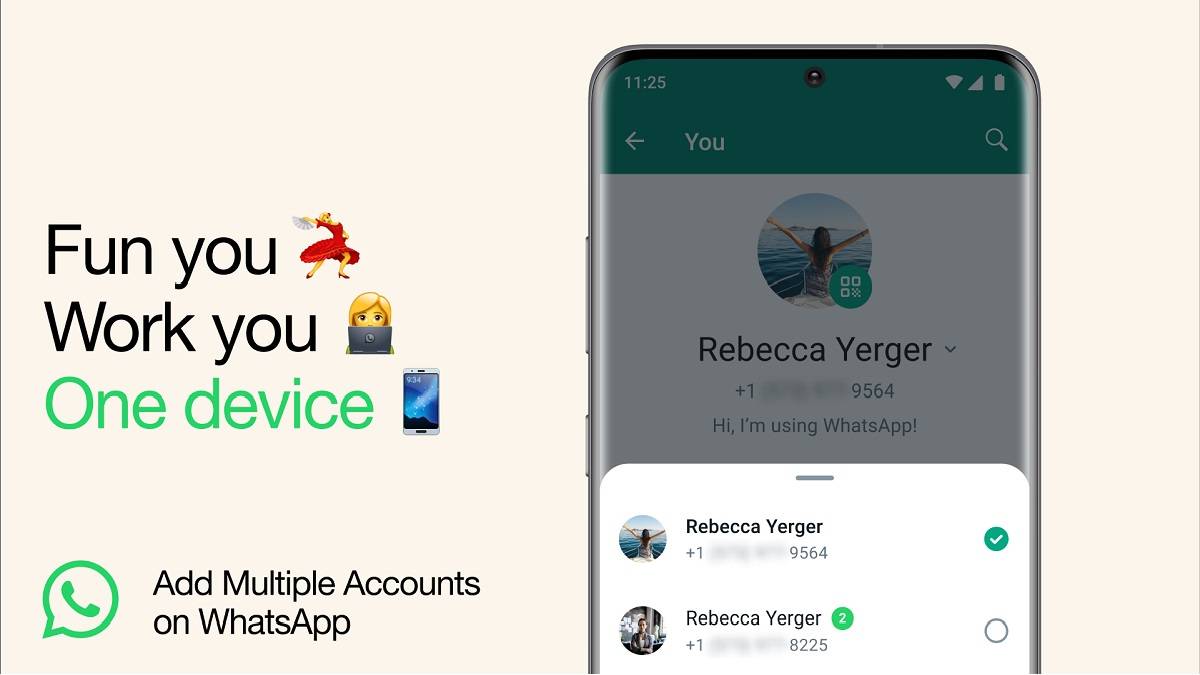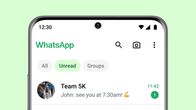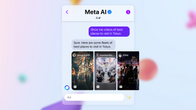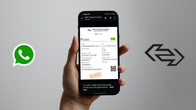
After announcing a number of new features, Meta-owned WhatsApp is bringing a much-awaited feature for its users. The new feature will let users use multiple WhatsApp accounts on a single smartphone.
The company announced that users can have two WhatsApp accounts active simultaneously. This is useful for switching between different accounts, like your work and personal ones, without the need to constantly log in and out or carry multiple phones to avoid messaging from the wrong account.
Here’s how to set up multiple WhatsApp accounts on a single phone
- You will need a second phone number, and either a physical SIM card or a phone that can use multiple SIMs or eSIM.
- Go to your WhatsApp settings.
- Click on the arrow that is placed next to your name.
- Choose ‘Add account’.
- Once you’ve added the second account, you can manage your privacy and notification settings for each account individually.
The company also emphasised the importance of using genuine WhatsApp. As per Meta, users should avoid downloading copycat or counterfeit versions to add more accounts to their phone.
Recently, WhatsApp introduced a feature for beta users that allows them to send one-time voice messages. This feature operates similarly to the “view once” feature for photos and videos. You can send a voice message that can be listened to only once, and the recipient can’t save or forward it.
The messaging platform is actively testing several upcoming features. These include a secret code feature for securing chats, the ability to pin messages within chats, and more. Additionally, WhatsApp has introduced a new user interface (UI) for Android, which is currently accessible to beta testers.




















